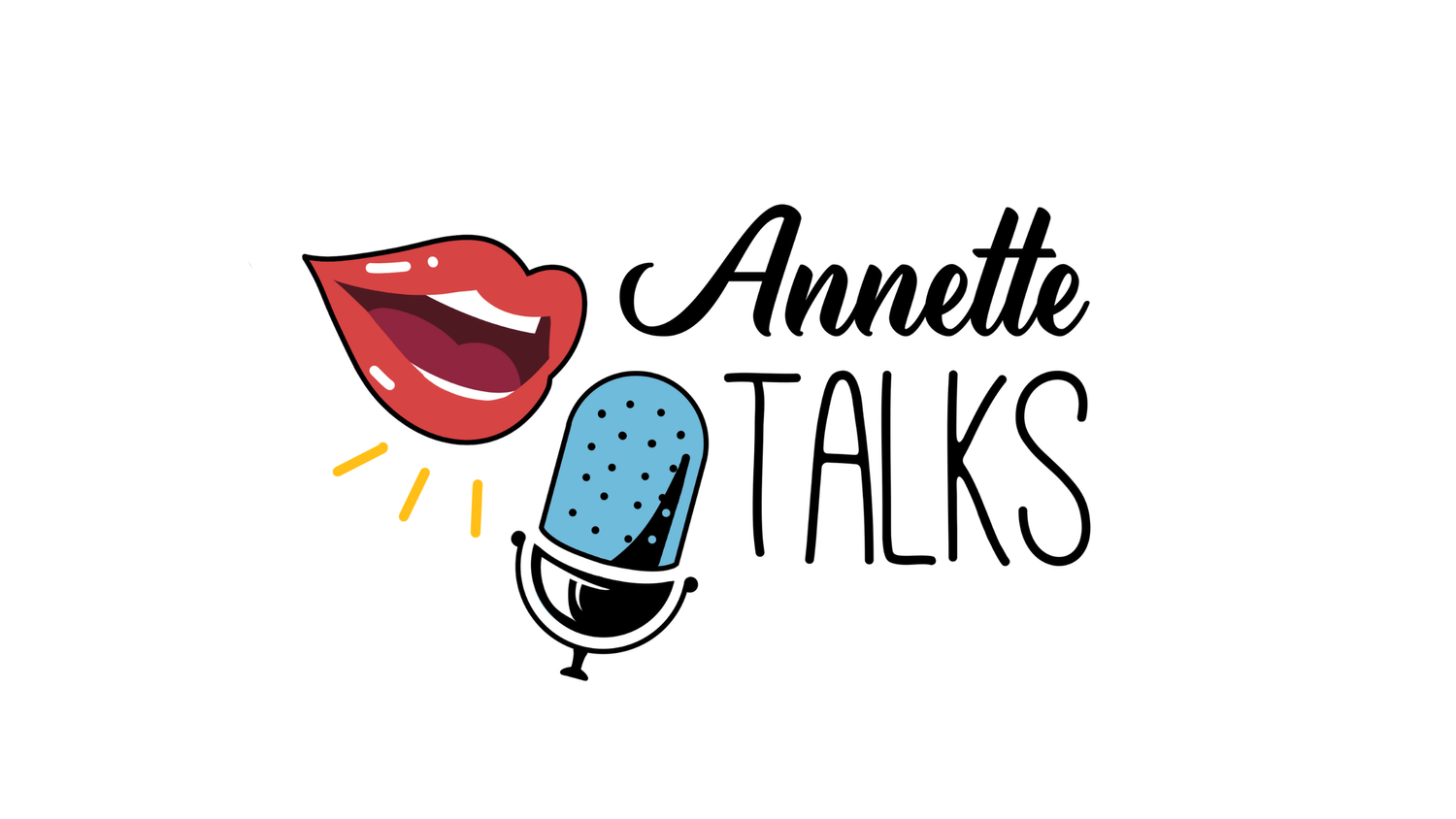Views on the LGBTQ Community are Not Binary
You’re either a full-throated supporter that waves the gay flag (whichever one is currently in style), or you’re a bigoted hater.
Recently I’ve covered several stories on my radio show about students in middle and high schools who are being subjected to what can only be called the “gay agenda”. One of these stories made national news because of the egregiousness of it. (https://www.foxnews.com/media/daughter-meeting-queer-transgender-identity-art-club).
I advertise my radio show with these stories on Facebook and Instagram, and my fourteen-year-old daughter asked me to stop sharing on Instagram because her friends follow me and think I’m a “weirdo” for spending so much time on the topic. Well, it is Pride month, so it’s kind of hard to avoid. But also, her friends can stop following me if I’m so “cringey,” another epithet I often hear from my teenager. (My offensive behavior hasn’t stopped any of the teenagers to accept rides from me, though.)
This, and the many posts I see on Facebook got me to thinking about the whole topic of Pride month and why so many of us feel triggered by seeing the rainbow on corporate logos. One could be forgiven for thinking that there are only two stances when it comes to the LGBTQ community: You’re either a full-throated supporter that waves the gay flag (whichever one is currently in style), or you’re a bigoted hater.
My supposition is that views of the community are not binary. In fact, you might say that there is a whole rainbow of opinions. First of all, it’s a misnomer to even call folks who identify as gay, transgender, etc., a community. They are not more monolithic than any other collection of people. For example, you can’t assume that all black people share the same culture, views of the world, political identity, etc. Not all LGBTQ individuals even feel like they are part of the “community” and many do not agree with Pride month. Many who identify as gay don’t want to be lumped together with transgender individuals.






